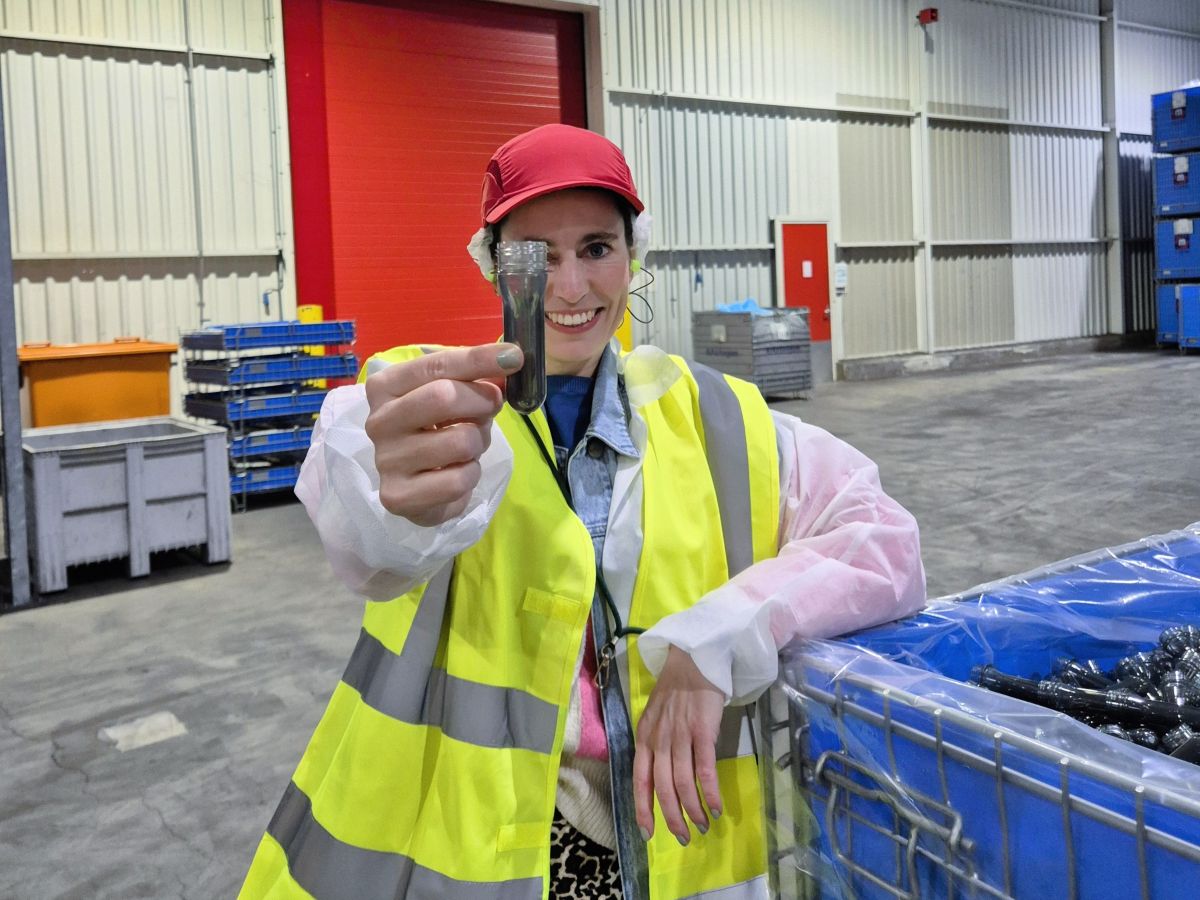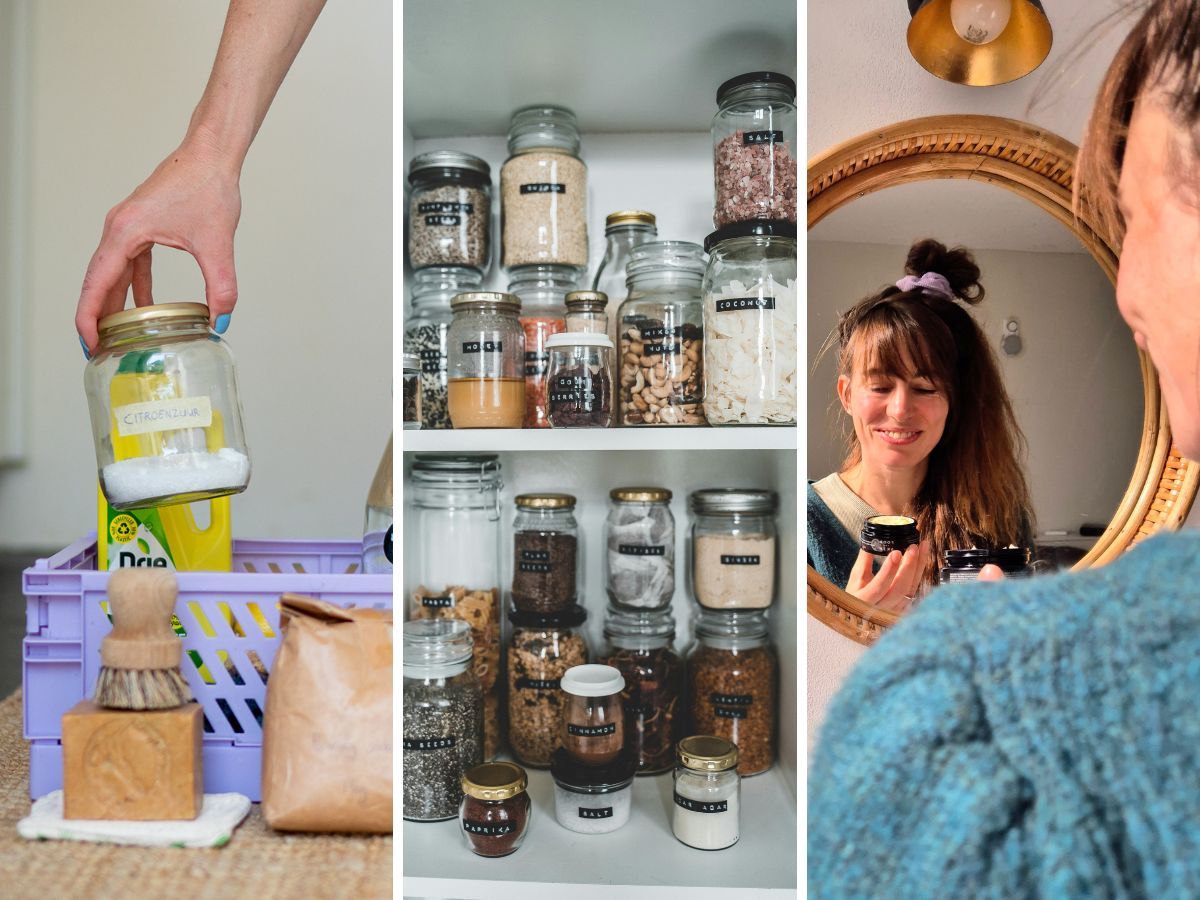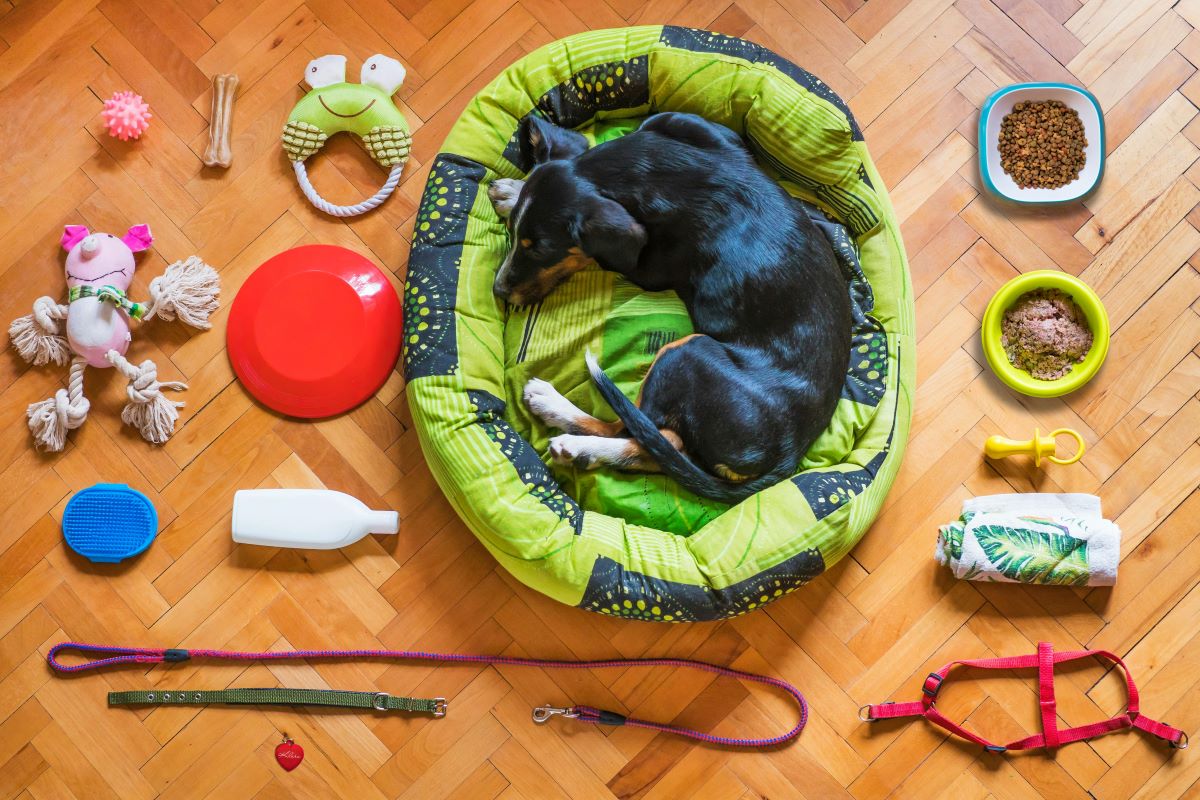What happens to your soft drink bottle after you return it to a deposit machine? We followed the journey of recycling a PET bottle and ended up at Morssinkhof Rymoplast's recycling plant in Zeewolde and Emmen, and finally at Coca-Cola's plant in Dongen. There we saw for ourselves how a bottle is transformed into raw material for a new bottle.
Why do we recycle PET?
In cooperation with Deposit Money Netherlands
Our PET bottles - made of polyethylene terephthalate, PET for short - are fundamentally a type of plastic that is lightweight, sturdy and easy to shape. Yet this type of plastic has a downside: PET is usually made from fossil fuels such as petroleum, and that production process consumes a lot of energy and emits greenhouse gases. That makes the use of so-called virgin PET, or new plastic, burdens the environment.
Fortunately, PET is ideal for recycling. Some 2.5 million PET bottles are processed daily at the Zeewolde recycling plant, and each recycled bottle saves four times more CO2 emissions compared to a bottle made of new plastic. PET, when recycled, can be treated so that all harmful substances are taken out. Suppose a bottle has been abused - for example, because someone kept petrol or another toxic substance in it for years - the recycling process ensures that all unwanted substances disappear. The recycled plastic can therefore be safely reused for food packaging. And that is what makes PET and this process unique. So every bottle recycled means less pollution, less CO2 emissions and one step closer to a circular plastic economy. By handing in your empty PET bottles, you give them the chance of a new life and contribute to a cleaner world!



A tour of the Morssinkhof-Rymoplast plant where (left) PET from used bottles is melted down to make new, clean and safe pellets suitable for food packaging (centre photo and right photo).
From deposit machine to new bottle: recycling PET bottles
After you return your empty PET bottle to the deposit machine, it begins a journey to eventually return as a new bottle. First, all returned bottles and cans go to a counting centre, where they are counted, sorted and separated. Deposits Netherlands has two counting centres, one in Utrecht and one in Tilburg, but the Netherlands has more counting centres because some large supermarkets take care of this themselves. At the counting centre, PET bottles and cans are compressed into separate bales, after which they each go into their own recycling process. You can read more about aluminium can recycling here. The bales of PET bottles are then sent to the recycling plant of Morssinkhof Rymoplast brought to Zeewolde for further processing.



The steps at the counting centre in Utrecht: cans are brought in in large bags (the bags are also recycled), the cans are counted, sorted and separated, after which the PET bottles are pressed together into large bales. These bales go to the recycling plant in Zeewolde.
In Zeewolde, the bales are untied and the PET bottles go through a shredder which shreds the bottles into small pieces. The pieces then enter a special water tank. In this tank, the different parts of the bottle are separated: PET itself is heavier and sinks to the bottom, while lighter materials, such as the caps and labels, float to the surface. The caps and labels get their own destination and are processed into new products such as pallets and plant pots, and the PET? Yes, that becomes another PET bottle. And so nothing goes to waste!



From preform to new bottle happens at the Coca-Cola factory in Dongen (North Brabant) where all Coca-Cola bottles in the Netherlands are made from recycled PET.
After the water bath, the PET particles pass through an extra-hot 300°C bath, in which all contaminants and harmful substances are thoroughly removed. Each step in the recycling process aims to make the PET high-quality and completely food-safe. As a final step, the purified PET particles are heated until they liquefy and look like long pasta strands. These strands are then cooled, making them hard again, and then shredded again. This creates the granules we call regranulates. This regranulate is used as a raw material to make new PET bottles.
The journey of these grains then continues to the production site in Emmen, where they are transformed into small tubes called preforms. This preforms are the basis for new PET bottles and are then taken to food producers such as Coca-Cola, Spa, Nestlé and Danone. In their factories, the preforms heated and blown out into a complete bottle as you and I know it! At the Coca-Cola factory in Dongen, all cans are made from recycled PET: as many as 32 thousand preforms per hour go over the assembly line there!


The ‘new’ bottles are cleaned with air and then they are filled with the right drink and given their cap. And that completes the recycling of a PET bottle.
Recycling PET bottles: here's what you can do!
Want to lend a hand to the recycling process? Then hand in your empty PET bottles complete with cap. By collecting them properly, you ensure that they pass through the deposit machine without any problems and can be recycled in the best possible way. With a little effort, you will contribute to a cleaner world and your bottle will get the chance to reappear on the shelf as a brand-new one, ready for the next round! Tips to better collect your deposit packaging at home read here.
Photo credits: thegreenlist.nl.












